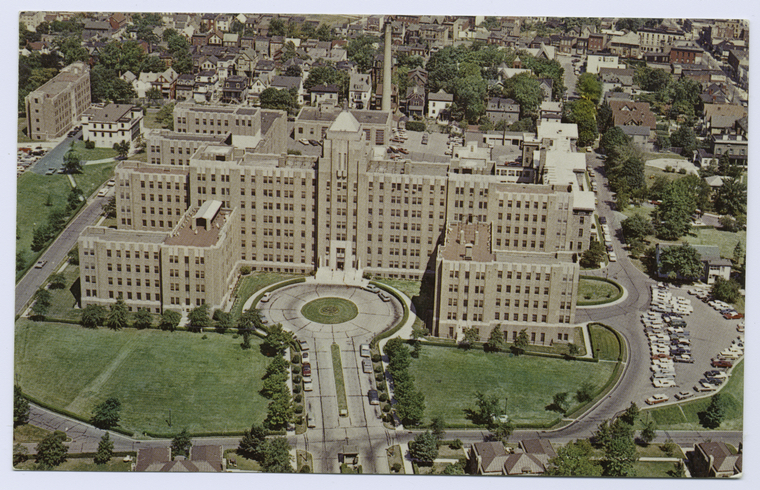6. The “Staten Island Quarantine War” took place in St. George

The site of the former USLHS storage depot was actually a controversial quarantine hospital called the New York Marine Hospital. The city was going through an outbreak of yellow fever that killed thousands of people at the start of the 19th century. In response to the growing issue, the city decided to construct this hospital on Staten Island that would house people who were believed to be infected with the disease. The decision to place the hospital on the island caused serious backlash from those who lived in the area due to fears of outbreaks and poor containment.
These fears did come true as small outbreaks began to occur among exposed workers who would come in and out of the facility every day and walk through St. George. Residents were furious and threatened to burn down the facility, but in response, the city shut down the Staten Island Ferry. On the 1st and 2nd of September 1858, residents stormed the hospital and burned down the buildings in the complex. Armed forces and battalions had to be called upon to handle the chaos in the days following the initial attacks and made subsequent arrests for the leaders of the uprising. One of those leaders was Ray Tompkins, the grandson of former New York Governor Daniel D. Tompkins.
Those who were arrested and brought to trial were set free because the judge deemed the crimes legitimate acts of self-defense. The people of St. George and the communities surrounding the New York Marine Hospital acted in response to what was a serious health hazard. The event played a crucial role in questioning the ethics behind quarantine hospitals in the United States and how effective they actually were at treating patients and containing outbreaks. The hospital was closed, but quarantine facilities were moved to locations such as Swinburne and Hoffman Islands, where infected patients would be away from populated areas of the city.





